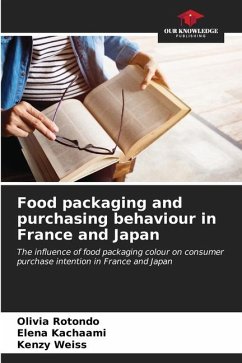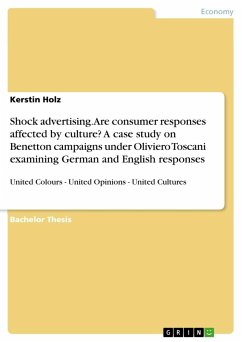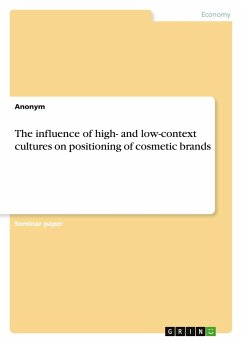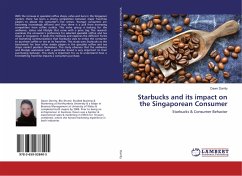The primary objective of this dissertation is to understand the influence of food packaging colour on consumer behaviour and expectations in both France and Japan. At the same time, the aim is to identify any differences in the way colours are interpreted within these two cultures. Consumers' requirements in terms of packaging colour vary according to their values and, above all, their culture. Colours provoke sensations and emotions that vary from one individual to another, and above all from one culture to another. These same sensations, whether positive or negative, depend on the consumer's experience and the cultural codes acquired throughout his or her life. Quite naturally, "colour exerts psychological and physiological effects on the individual" that unconsciously influence behaviour. Marketing and packaging experts therefore have every interest in attaching importance to colour, which, if used wisely, will have a very positive effect on the sales of food products.
Bitte wählen Sie Ihr Anliegen aus.
Rechnungen
Retourenschein anfordern
Bestellstatus
Storno








